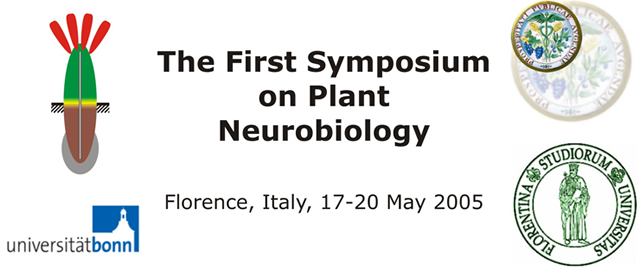|
Developmental effects of electric current in thermo- and photoperiodic plants |
| |
|
Ivana
Macháčková1,*, Jan Krekule1, Maria Filek2, Jolanta
Biesaga-Koscielniak2, Izabela Marcinska2 |
1 Institute of Experimental Botany AS CR,
Rozvojová 135, 16502 Praha 6, Czech Republic
2 The Francisek Górski Institute of Plant
Physiology, PAN, Ul. Niezapominajek 21,31-016 Kraków, Poland |
| *email:
machackova@ueb.cas.cz
|
| |
|
The effect of
electric current (EC) was tested on flowering induced by vernalization and by photoperiod in winter wheat,
stem cuttings of spring and winter rape grown in vitro and to rape grafted plants (non-vernalized scion of the
apical part grafted on vernalized stock of winter rape). Different time/voltage combinations were tested as
well as both polarities. EC of positive polarity (anode close to apex, cathode in the medium) increased
significantly percentage of flowering plants in partially vernalized winter wheat and of non-vernalized scions
grafted on vernalized winter rape stocks, both under long and under short days. Transition to flowering of
isolated apical stem segments of spring and winter rape was also stimulated by EC of positive polarity. EC of
negative polarity inhibited flowering of the grafted scions in winter rape under long days. Thus, negative
polarity seems to suppress inductive signals, while the positive polarity either mimics them or restrains the
effects of non-inductive conditions. |

